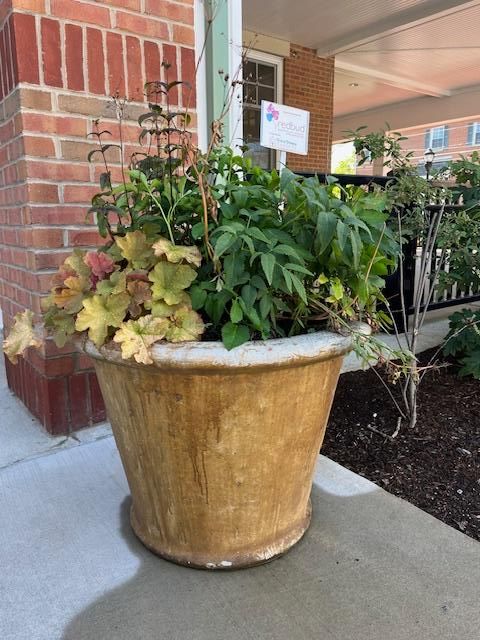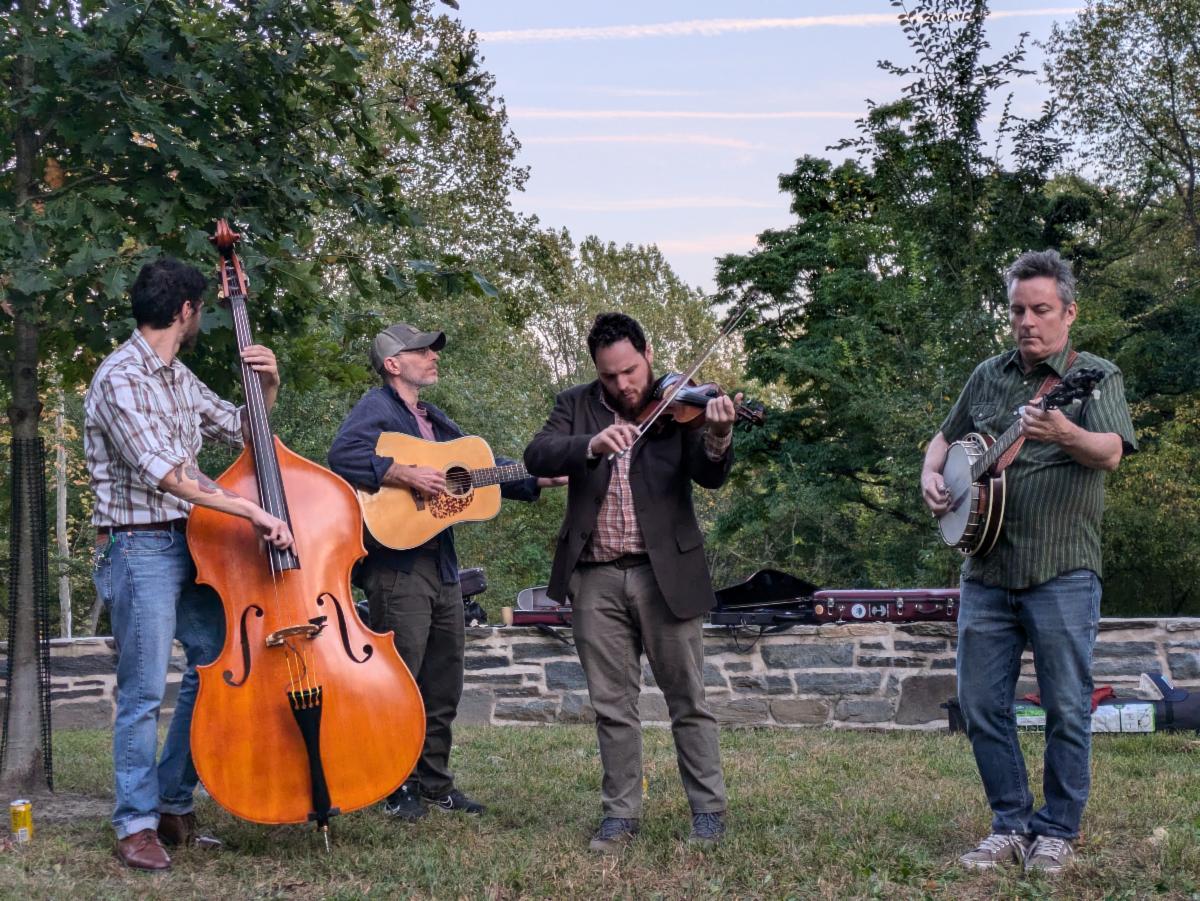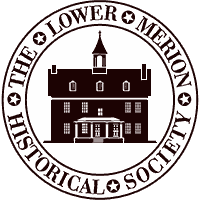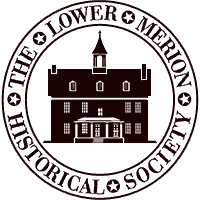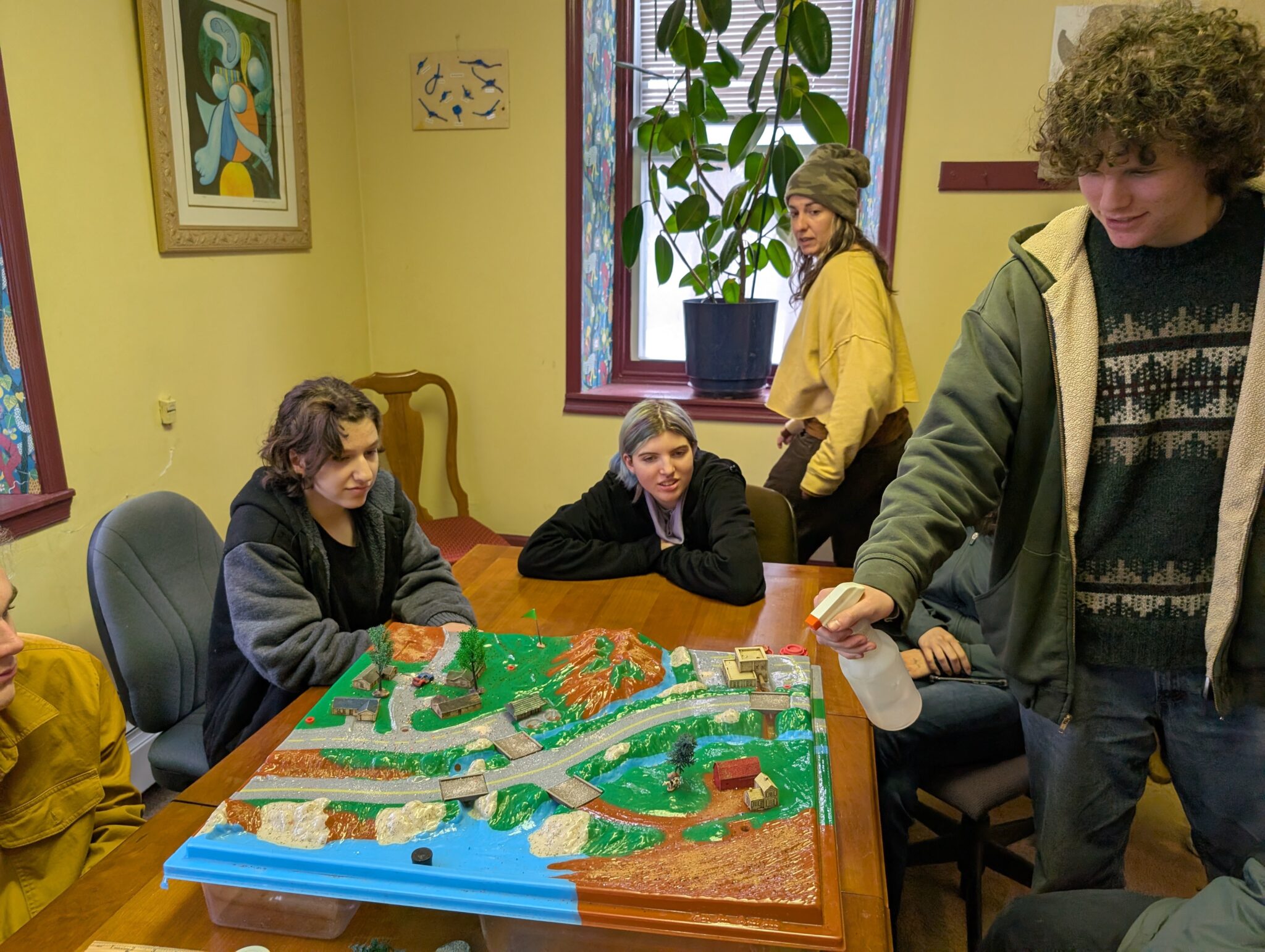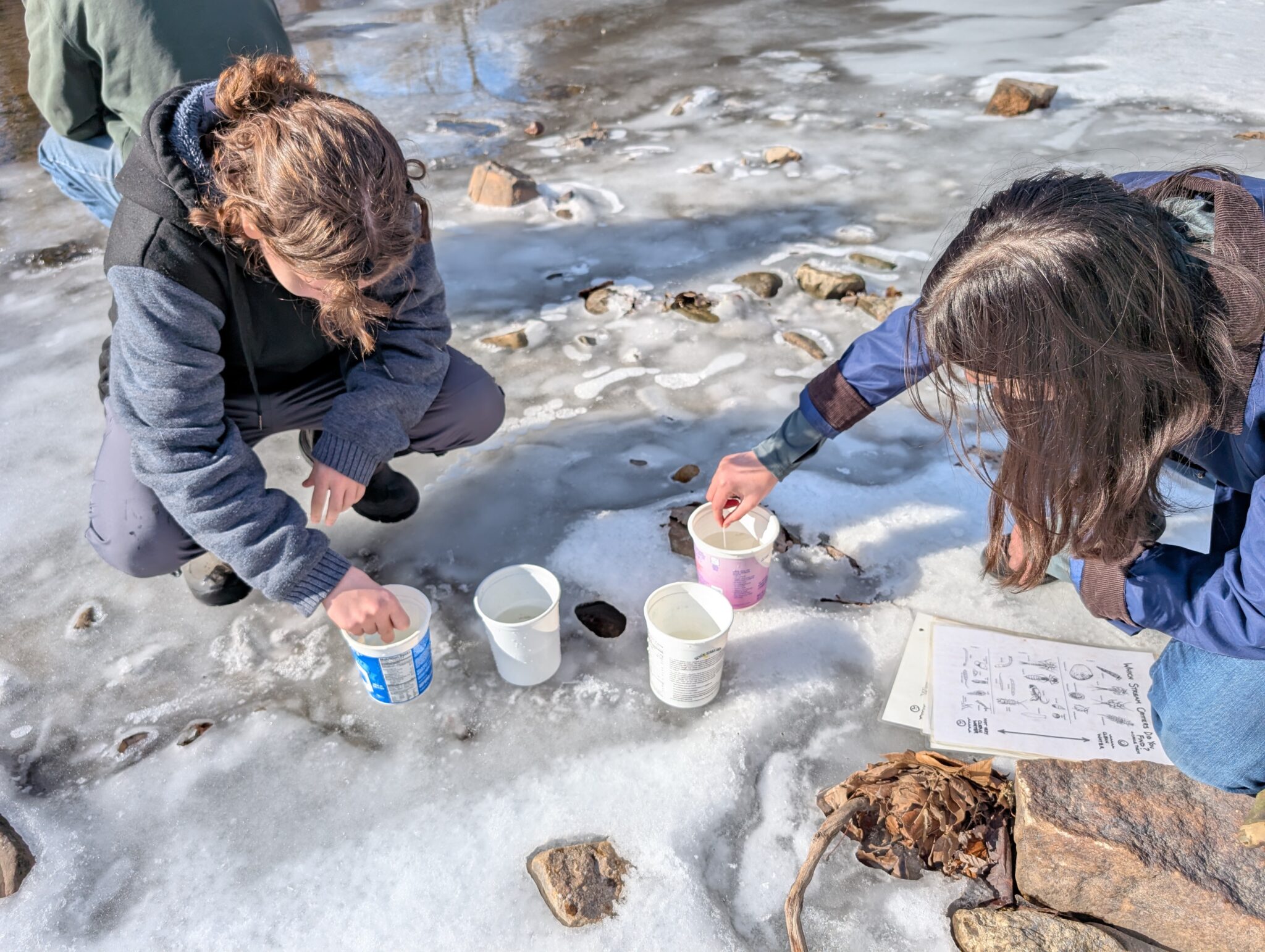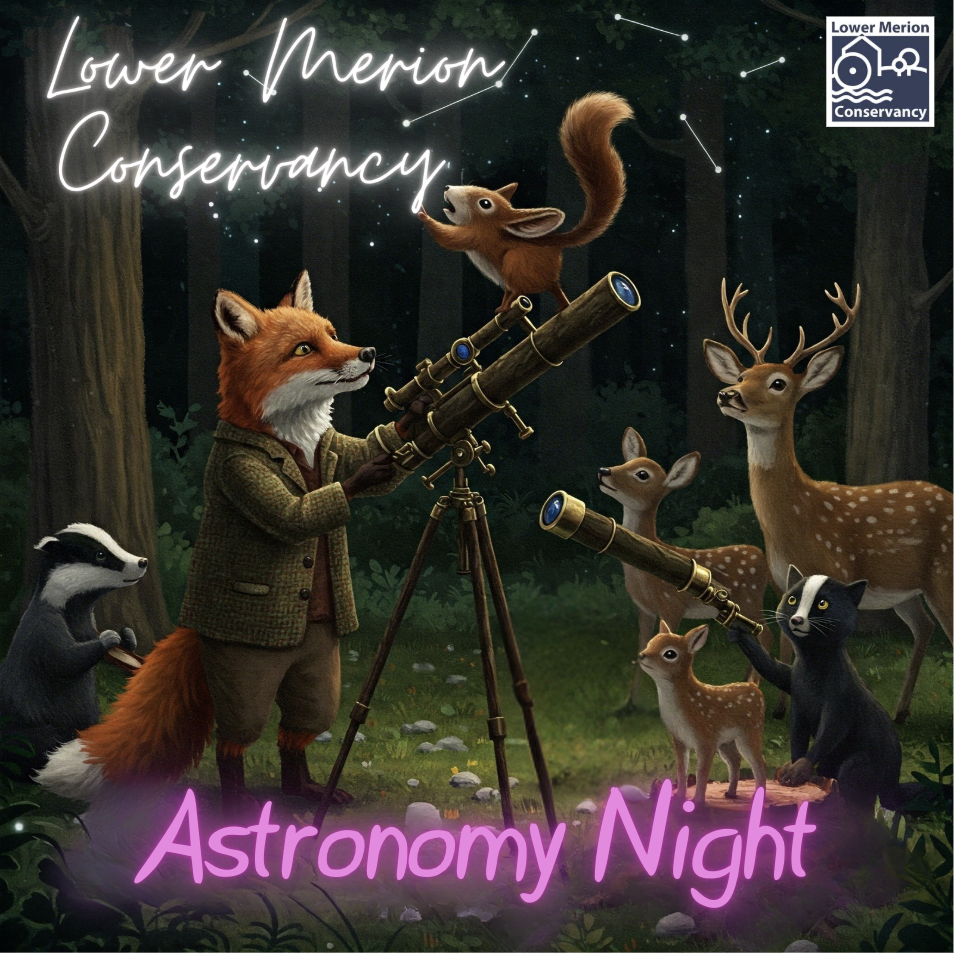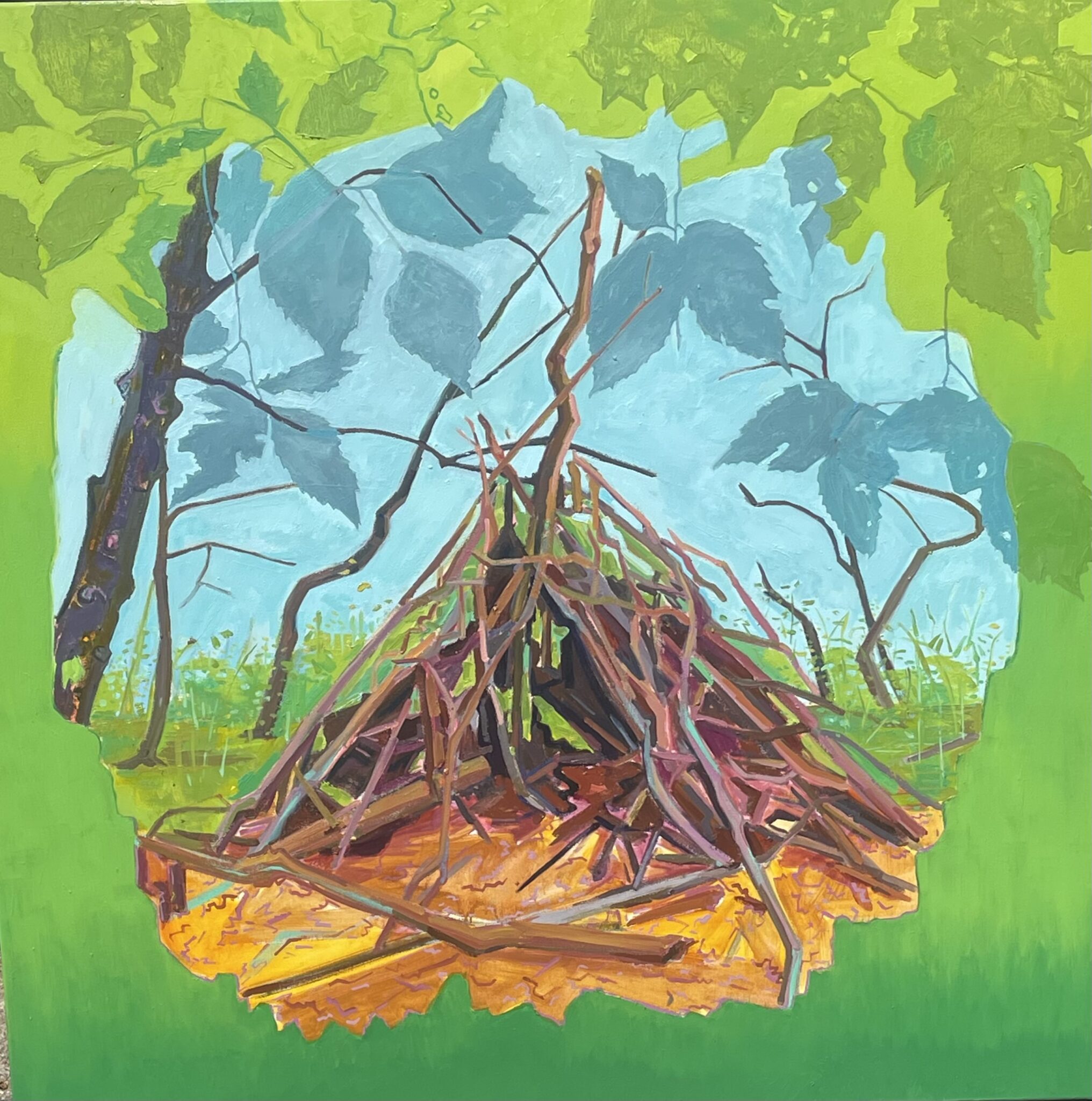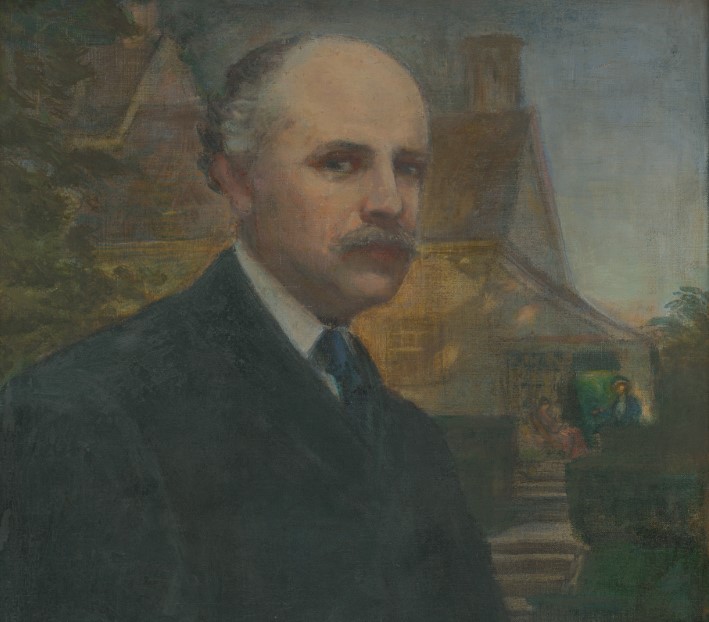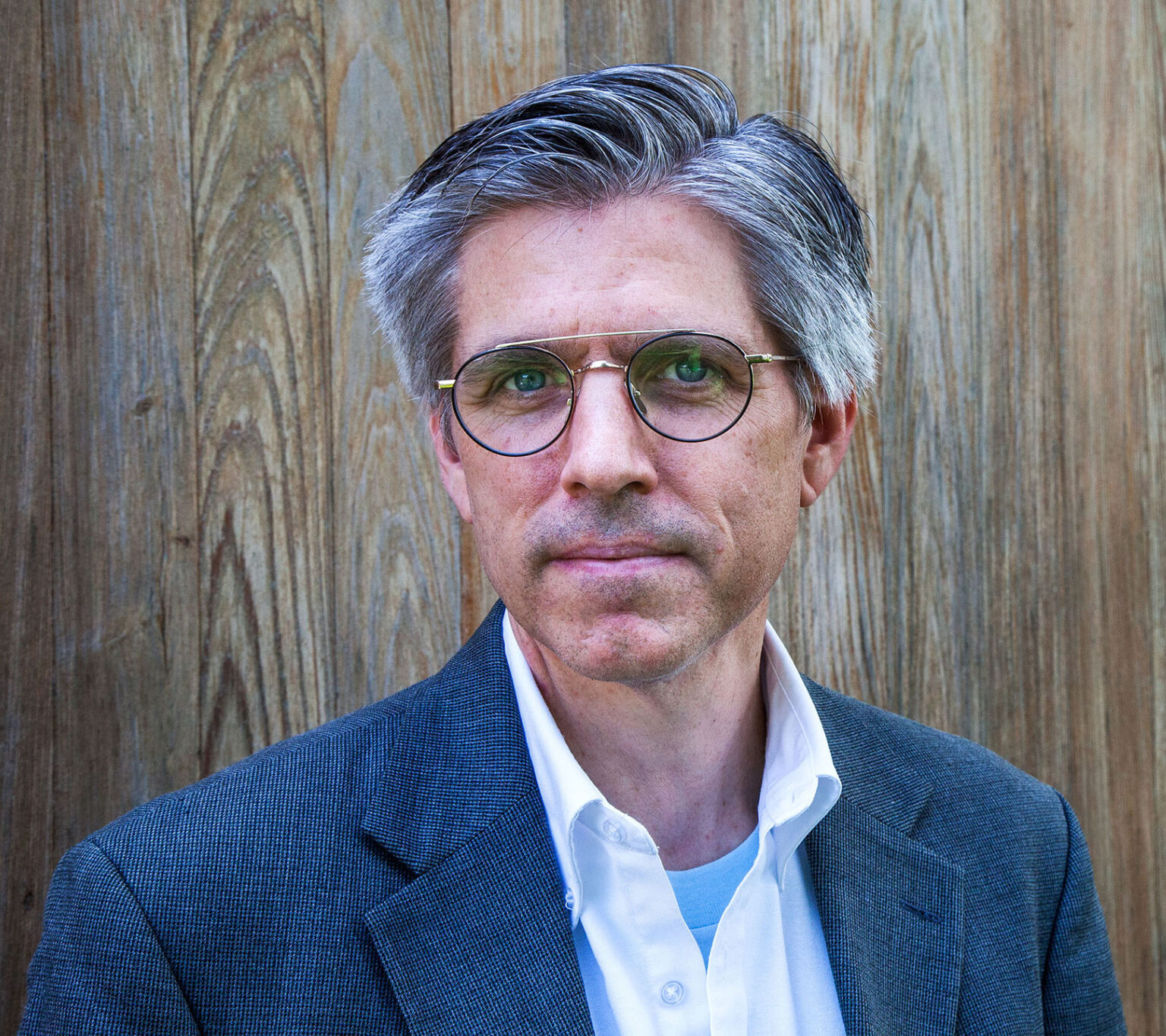As an architect, how might one go about working creatively with the past? That architects could find in the work of the past – both near and far – inspiration for contemporary design is not a new concept. The early architects of the American republic turned to classical forms to embody an architecture of democracy. A century later, as the forces of industrialization and finance came to dominate the shaping of the urban environment in cities like Philadelphia; new materials drove architecture to new heights – literally – and energized new building types. Here, originality of artistic expression flourished. By the turn of the twentieth century, a younger generation of the city’s architects – energized by travel and the close study of renaissance and vernacular forms – turned, again, towards history. Their work formed new expressions in building, both monumental and domestic in scale, that reflected the presence of the past along with a sensitivity to place and a sophistication of material expression.
No architect better exemplifies this turn to the past than Frank Miles Day (1861-1918). Trained at the University of Pennsylvania, Day traveled to Europe and through drawing and other means, closely studied the forms he encountered in England, France, Germany and, most importantly, Italy. His “eye” for detail brought a lively sense of invention to his work – an approach that resonated with that of his contemporaries, Wilson Eyre, Walter Cope & John Stewardson, among others, in both building and garden design.
To explore this vital and creative era, please join William Whitaker, Curator of Penn’s Architectural Archives, for a lively discussion of Day’s work, his contemporaries, and the current state of preservation of his work.
